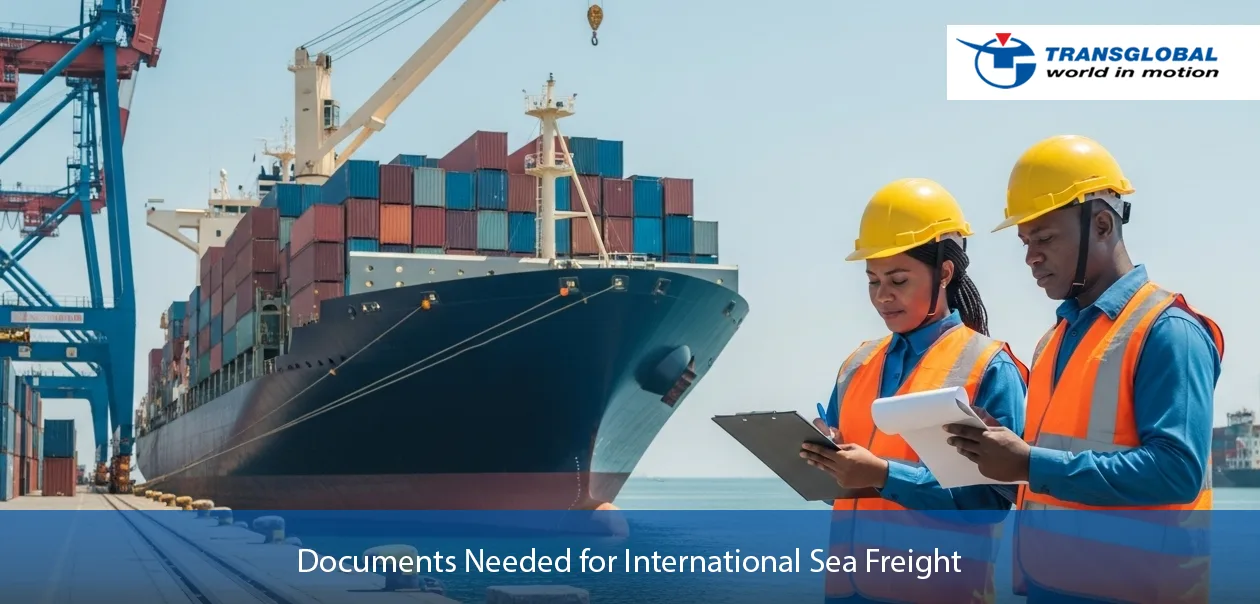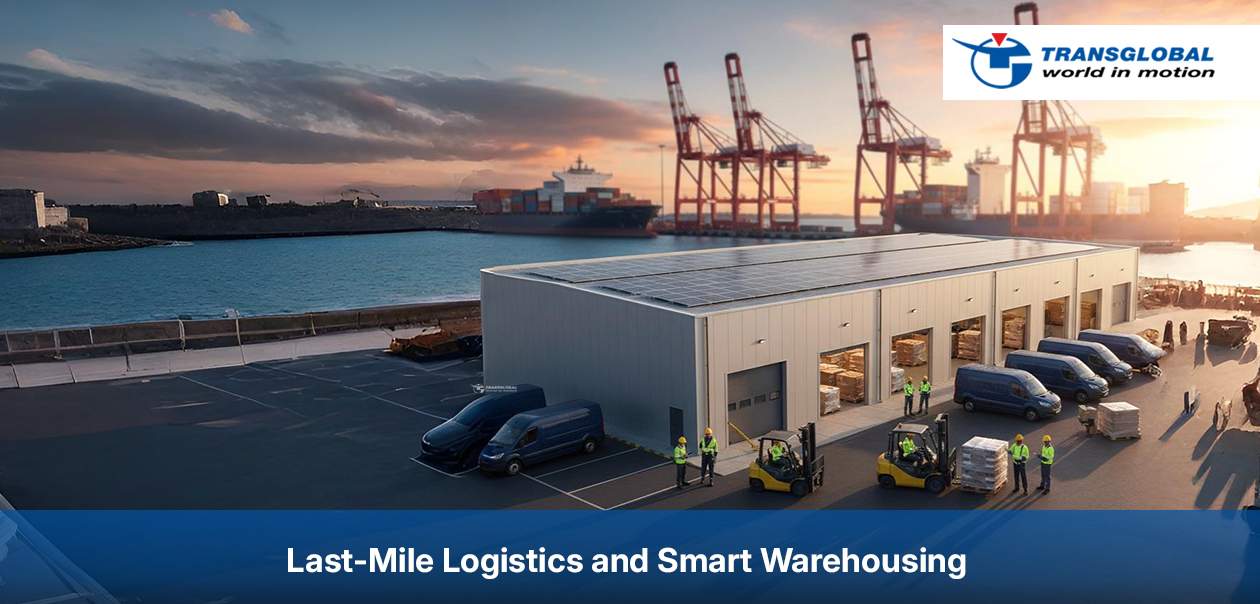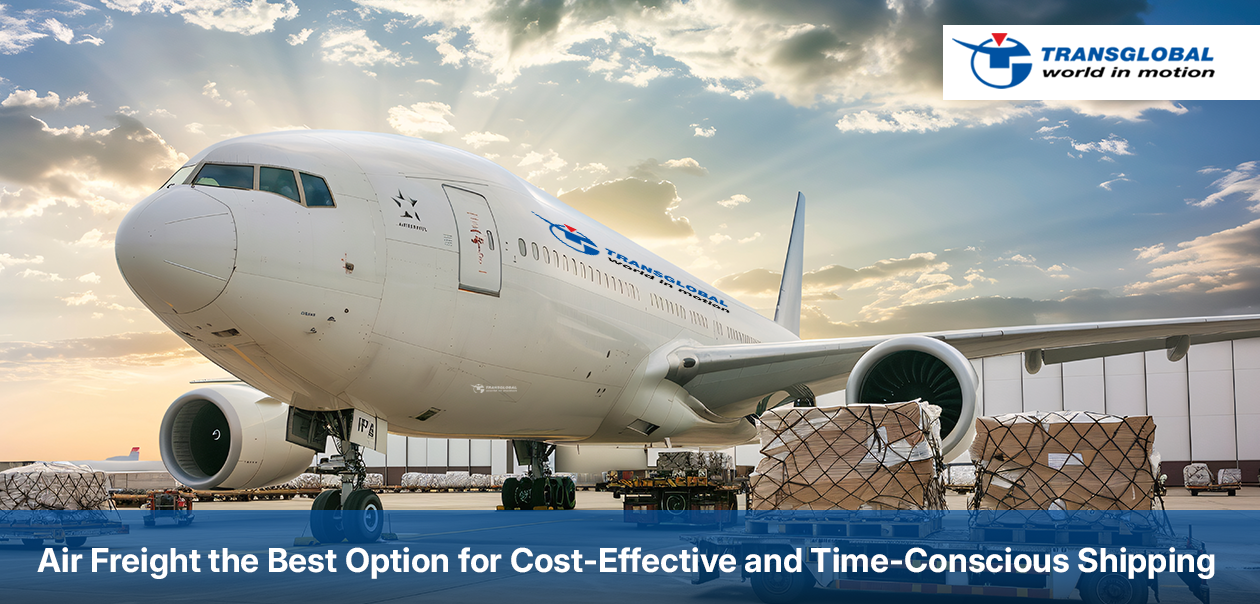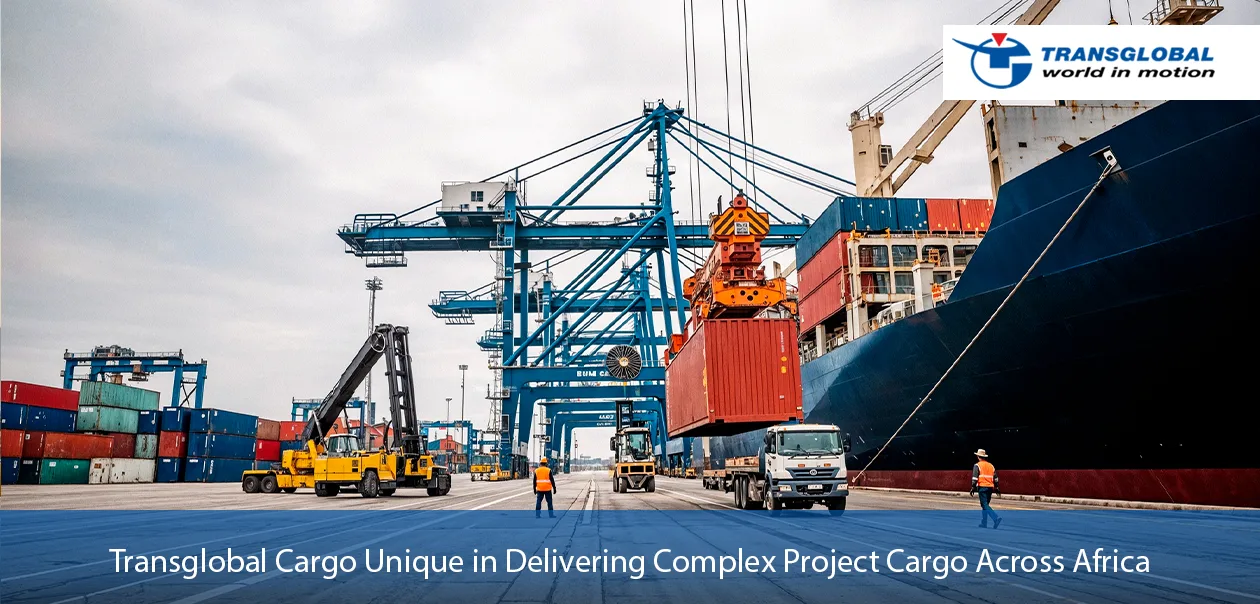Imagine sending a full container of goods across continents, carefully packaged, labeled, and loaded, only to have it stuck at the destination port because a key document is missing. It happens more often than you’d think. In international sea freight, paperwork is just as important as pallets.
Whether you’re a first-time exporter or a seasoned logistics manager, understanding the required documents for sea freight is essential to avoid customs delays, penalties, or even cargo refusal. At Transglobal Cargo, we’ve helped countless businesses ship goods globally, safely, legally, and without last-minute paperwork nightmares.
Let’s break down the essential documents you’ll need, how they’re used, and why each one matters in today’s complex logistics environment.
What Are Sea Freight Shipping Documents?
In the world of ocean logistics, shipping documents are the formal records and certificates required to move cargo legally and efficiently across borders. These papers:
- Prove the ownership and value of goods
- Allow customs authorities to inspect and release shipments
- Ensure safety and compliance for certain types of cargo
- Serve as evidence for insurance or claims in case of loss or damage
Think of them as the passport, ID, and insurance policy for your cargo, all rolled into one.
Why Do You Need These Documents?
Each document serves a specific purpose at different stages of the shipping process. Let’s say you’re exporting machinery from South Africa to the UAE:
- The commercial invoice tells the buyer and customs how much the shipment is worth.
- The packing list details what’s in each box for inspection and inventory.
- The bill of lading acts as a receipt, contract, and document of title for the goods.
- A certificate of origin proves the cargo’s origin for trade agreements.
- If it’s dangerous cargo, a DG certificate is required for safety compliance.
Missing or inaccurate documents can result in delays, detentions, or fines, and sometimes even cargo confiscation.
What Are the Must-Have Documents for Sea Freight?
Here are the core documents you’ll need for most international sea freight shipments:
1. Commercial Invoice
Issued by the seller, this is the primary financial document used for customs valuation and taxation. It includes buyer/seller details, description of goods, value, currency, and Incoterms.
2. Packing List
This lists the contents of each package, including weight, dimensions, number of units, and packaging type. It helps customs inspect cargo and verify contents against the invoice.
3. Bill of Lading (B/L)
The most critical document in sea freight. Issued by the carrier or freight forwarder, it serves as:
- A contract of carriage
- A receipt of goods
- A title document (used for releasing cargo at the destination)
4. Certificate of Origin (COO)
This states where the goods were manufactured and is often required for preferential tariff treatment under trade agreements.
5. Shipper’s Letter of Instruction (SLI)
Provided to the freight forwarder, this guides them on how to handle, route, and deliver the cargo.
6. Dangerous Goods Declaration (if applicable)
Required for hazardous cargo, this document confirms classification, packaging, and handling standards according to the IMDG Code.
7. Insurance Certificate
Proves that the cargo is insured in case of loss, theft, or damage during transit.
8. Other Certificates
Depending on the cargo and destination, you may also need:
- Phytosanitary certificates (for plant-based products)
- Health certificates (for food or medical items)
- Inspection certificates (for regulatory or buyer assurance)
How are these documents used?
Let’s look at three examples where documentation plays a major role:
Case 1: Exporting Chemicals from Durban to Europe
The client needed a DG declaration, along with IMDG labeling and cargo insurance. Without the declaration, the shipping line refused to load the container. We handled this in the way required.
Case 2: Shipping Automotive Parts from Johannesburg to India
A missing certificate of origin delayed customs clearance by 3 days, causing warehouse penalties and a late delivery to the buyer. Our team assisted and did the necessary steps to complete this.
Case 3: Transporting Coffee Beans to Germany
A phytosanitary certificate was required to confirm that the cargo met EU food safety standards. Transglobal Cargo handled the documentation and coordinated with the Department of Agriculture to obtain it in time.
Real Challenges in Documentation and How Transglobal Solves Them
In international shipping, even minor document errors can cause big headaches. Some of the common challenges we’ve helped clients navigate include:
- Wrong HS codes on invoices leading to incorrect duty rates
- Mismatched container weights between B/L and packing list
- Missing destination customs requirements (e.g., COO, fumigation)
- Lack of visibility on what documents are required for certain countries
At Transglobal Cargo, we simplify this entire process. Our document control team verifies every file before shipping. We also advise clients upfront on country-specific requirements, help with certificate applications, and coordinate with ports, customs, and shipping lines, so your cargo keeps moving.
What Should You Do Before Shipping Internationally?
If you’re preparing for an ocean shipment, here’s a simple checklist:
- Prepare a clean and detailed commercial invoice
- Create a matching packing list
- Confirm the type of bill of lading required (original or telex release)
- Ask about any certificates needed (origin, phytosanitary, DG, etc.)
- Ensure your cargo with a valid certificate
- Work with a forwarder who can guide and review all documents
At Transglobal Cargo, we treat documentation as seriously as the cargo itself. With our hands-on support, you can ship across the globe without compliance stress or customs surprises.
Conclusion
International sea freight doesn’t begin with loading, it begins with documentation. Without the right papers, even the most carefully packed container can end up stuck at the port. That’s why understanding what you need and preparing it correctly, is key to success in global shipping.
At Transglobal Cargo, we make sea freight services easy. Whether you’re shipping hazardous goods, general cargo, or oversized equipment, we help you get your documents right the first time.
Ready to ship internationally with confidence? Get in touch with Transglobal Cargo, your sea freight specialists.
Frequently Asked Questions
Is a commercial invoice different from a packing list?
Yes. A commercial invoice lists the value and terms of sale, while a packing list details the physical contents of each package for customs and handling purposes.
Do I always need a certificate of origin?
Not always. It's mainly needed when claiming preferential duty under trade agreements or when the destination country specifically requires it.
Who prepares the bill of lading?
The bill of lading is typically issued by the carrier or your freight forwarder, based on the shipping instructions and cargo details you provide.





Comments